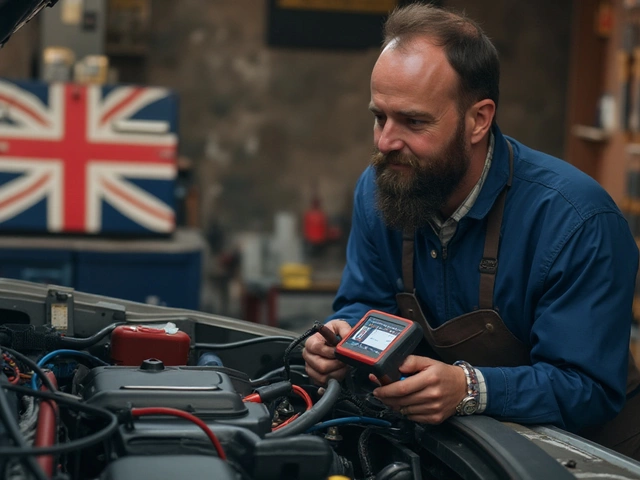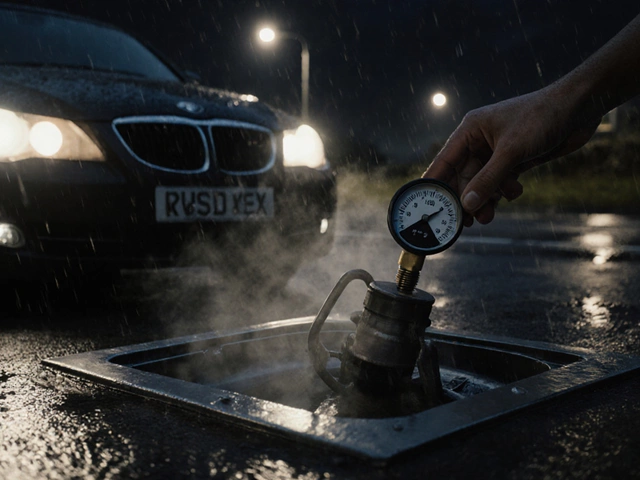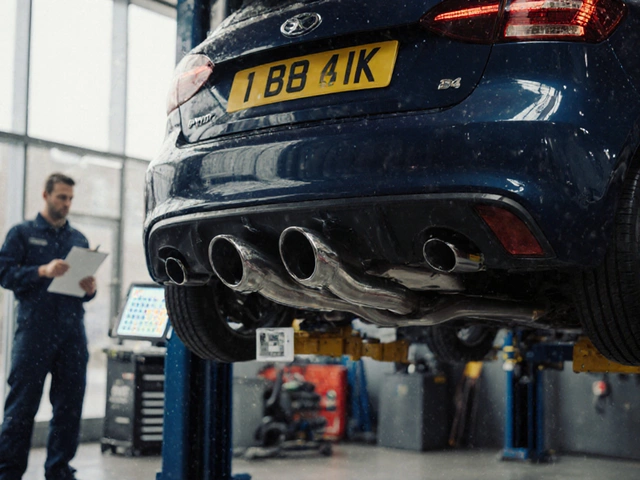Fuel Pump Reset: Simple Steps to Get Your Car Running Again
If your engine sputters, stalls, or won’t start, the fuel pump might be the culprit. A quick reset can often clear the error and restore power without a costly visit to the garage. Below is a no‑nonsense walk‑through that even beginners can follow.
Why a Fuel Pump Reset Works
Modern cars have electronic control units (ECUs) that monitor fuel pressure. When the ECU detects a fault, it may shut the pump off to protect the engine. Resetting tells the ECU to re‑initialize the pump, clearing temporary glitches caused by a bad sensor, a loose connector, or a brief voltage dip.
Step‑by‑Step Reset Procedure
1. Turn the key to the OFF position. Pull the plug from the battery for about five minutes. This cuts power to the ECU and forces a full memory clear. If you don’t want to disconnect the battery, use a fuse puller to remove the fuel pump fuse for the same amount of time.
2. Reconnect the battery or reinstall the fuse. Make sure the connections are tight. A loose terminal can cause the same error after you’ve reset it.
3. Turn the ignition to the ON position (do not start). Listen for a faint buzzing sound from the fuel tank – that means the pump is priming. Keep the key in the ON spot for a few seconds, then turn it back off.
4. Start the engine. If the car fires up smoothly, the reset worked. If it still stalls, you may have a deeper issue like a clogged filter or a failing pump.
5. Test drive. Drive for at least ten minutes under varied conditions. Watch for any warning lights or loss of power. If problems reappear, it’s time to have a professional run a diagnostic.
These steps are safe for most gasoline‑powered cars, but diesel engines often need a different approach. Always check your owner’s manual before pulling fuses or disconnecting the battery.
When to Call a Professional – If the check engine light stays on after a reset, or if you notice a slow‑fill fuel pump sound, the pump may be failing. A mechanic can run a pressure test and replace the pump if needed.
Doing a fuel pump reset yourself can save you a visit to the shop and get you back on the road faster. Keep a basic toolkit, a fuse puller, and a spare fuse in your trunk – you’ll thank yourself the next time the pump hiccups.
Remember, safety first. Wear gloves, disconnect the battery in a well‑ventilated area, and never work on a hot engine. With these precautions, a fuel pump reset is a quick fix you can handle at home.
 8 April 2025
8 April 2025
Resetting the Battery: Does It Affect Your Fuel Pump?
Have you ever wondered if resetting your car's battery could solve fuel pump issues? Though resetting the battery can solve many electronic glitches in your vehicle, it's not the magic fix for every problem. This article dives into how your vehicle's electrical systems interact and what you should do if your fuel pump is acting up. Get to know practical tips and insights about your vehicle's battery and fuel system, and find out when a mechanic is truly necessary. Discover what resetting your car’s battery can and can't do for your fuel pump.






0